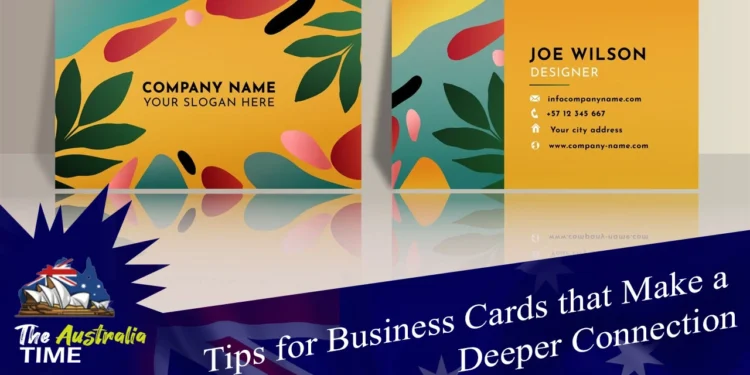Remember the old days, when people would have a big rolodex with business cards? Or a big, fat binder, like the way you’d collect baseball cards. These little cardboard pieces used to be the de facto way to exchange contact details in the business world.
These days, they’re becoming a little more scarce. People use their smartphones to add their new business contacts, or they just send an email. With our lives almost fully virtual, they’ve been forgotten by a lot of people.
Except the ones that know they still have a place. Business cards still have plenty of utility in today’s world. We’ll show you exactly why this is true and how you can use it to your advantage.
First Off, Print Advertising Still Works
Okay, let’s first start with the theoretical framework. Business cards are essentially a type of print advertising, a way not just to exchange contact details, but to increase conversions.
And while print advertising has had to reinvent itself in many ways, it’s still here. Do you know why? Because it still works. There’s a lot of power in print, as long as you do it effectively. Here’s why:
Business Cards = Legitimacy
For a lot of people, having a business card says ‘I’ve arrived’. For those of us who have them, we can all remember that first moment we got one. We proudly look at our name printed on that cardboard, alongside your title and company.
In the same way, consumers will see you as being just that little bit more legitimate when you have a business card. It builds trust, there’s something real about it.
Of course, to make that deeper business connection, the card needs to look slick and professional. We’re talking beautiful paper, a killer design, and a simple yet strong message. If you show up with a flimsy bit of paper with a logo that looks like it’s been stripped from an old version of Word, you may as well not have one.
People Still Like Paper
In almost every conceivable way, the Kindle has far more utility than a regular old book. It’s more compact, it’s lighter and can hold every book known to humankind. All in a tiny little package. These days, the paperwhite versions even perform just like paper, not straining your eyes.
So why do books still persist? People just prefer paper over e-books. It’s really that simple. There’s just something about the physical touch that can’t be replaced by a digital equivalent.
This exact concept applies to business cards. They look a little interesting, you don’t see them as often these days, and they make a physical impression. When was the last time you kept a digital business card someone sent you?
Creativity is Key
Of course, print advertising is only effective if you put your creative juices into the project. Business cards should be professional, of course, but it helps to make them stand out from your standard fare.
For example, use material that has a different feel and touch than standard paper. Or make it multi-use, like a matchbox (for a wood-burning stove company, for example), a USB stick (to add a video presentation, perhaps), or a paper aeroplane (e.g. for a travel company). Just make it appropriate for your business.
Business cards that go outside the norm can even go viral! They really can be that powerful if they capture the imagination of the recipient. You don’t have to think of an idea that will get a million views on TikTok – don’t put that kind of pressure on your creative team – but just something with a little extra will make you stand out.
Business Cards Are Still Relevant
We’re going to leave you with a simple fact: business cards are still relevant in 2023. They’re still a ‘thing’, even with the extent to which our lives all happen in a virtual environment, which reflects just how powerful they are.
People like paper. Business cards make an impression, and embed a deeper connection between you and a potential client. Add a unique twist and you’ll stand out even more. Don’t stick to the Stone Age, but don’t forget the old classics that still work. Like business cards.
See related post: Adorniq’s Seasonal Sale Extravaganza
















